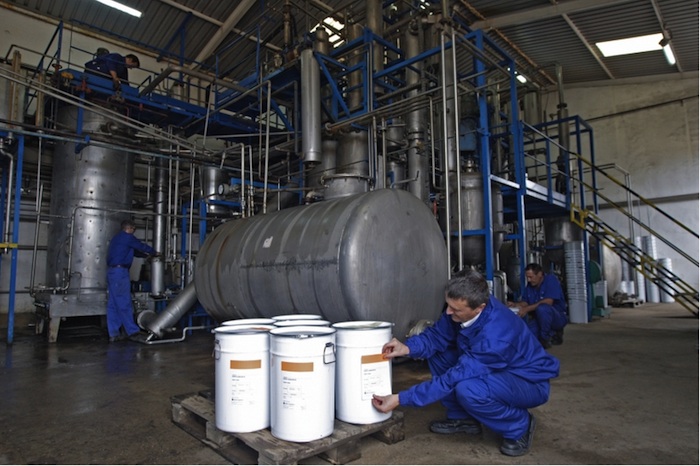Doctor Vapor
Herb Doctor
Several members have asked that I start this thread to post more information regarding the method of cannabis extraction that utilizes "Florasol" or R134a instead of CO2, Butane or other solvents. This is an advanced topic and I speak from some experience.
I hope this thread will be a place to share information, pictures of our experiments, thoughts and questions about the process of using R134a to extract the Herb.
Let's begin with a review of the literature:
http://www.mmv.org/sites/default/files/uploads/docs/artemisinin/06b_HFC-134a.pdf
http://link.springer.com/article/10.1007/s11802-012-1948-0
http://en.wikipedia.org/wiki/1,1,1,2-Tetrafluoroethane
R134a is 1,1,12-Tetrafluroethane but be careful, there are fakes out there:
http://www.iicl.org/techcorner/bulletins/r134a_testing_procedures_1.pdf
Also some versions come with lubricant or dye in them and these are not suitable for our purposes.
You probably need a license or a friend who is a refrigeration tech to even get R134a
Your reservoir needs to have both vapor and liquid connections. The liquid connection uses a dip tube while vapor is at the top of the tank.
Something like this would be great:
http://www.ntxtools.com/network-tool-warehouse/ROB-34750.html
Don't even mess with the little cans you get at the auto parts store. Those have oil or dye in them.
Get together with your friends and buy a tank that is used to charge refrigeration systems. Remember to check for lubricants and dyes. Expect to pay around $200 for this.
You are going to need a "recovery pump" to compress the gas back into a liquid. The Appion G5 Twin is the one I reccommend:
http://www.ebay.com/itm/Appion-G5-Twin-Refrigerant-Recovery-Unit-/271172200126?_trksid=p2047675.m1850&_trkparms=aid=222002&algo=SIC.FIT&ao=1&asc=11&meid=6316257943167434329&pid=100011&prg=1005&rk=3&sd=170961977496&
Yes you can expect to pay around 500-600 dollars for this.
You've already spent $1000 and you don't even have an extraction vessel or a recovery vessel yet. Those are usually custom made. They MUST be made of stainless steel.
I'll be back in a while to post more about this, in the meantime your questions and comments are appreciated. -DV
--------------------------------------------------------------------------------------------------------
Thank you, Moderator. I will use edit in the future!
Mod note: When possible, please avoid making back-to-back posts in a thread. Use the Edit feature located at the bottom of your posts. Last 7 posts merged.
I hope this thread will be a place to share information, pictures of our experiments, thoughts and questions about the process of using R134a to extract the Herb.
Let's begin with a review of the literature:
http://www.mmv.org/sites/default/files/uploads/docs/artemisinin/06b_HFC-134a.pdf
http://link.springer.com/article/10.1007/s11802-012-1948-0
http://en.wikipedia.org/wiki/1,1,1,2-Tetrafluoroethane
R134a is 1,1,12-Tetrafluroethane but be careful, there are fakes out there:
http://www.iicl.org/techcorner/bulletins/r134a_testing_procedures_1.pdf
Also some versions come with lubricant or dye in them and these are not suitable for our purposes.
You probably need a license or a friend who is a refrigeration tech to even get R134a
Your reservoir needs to have both vapor and liquid connections. The liquid connection uses a dip tube while vapor is at the top of the tank.
Something like this would be great:
http://www.ntxtools.com/network-tool-warehouse/ROB-34750.html
Don't even mess with the little cans you get at the auto parts store. Those have oil or dye in them.
Get together with your friends and buy a tank that is used to charge refrigeration systems. Remember to check for lubricants and dyes. Expect to pay around $200 for this.
You are going to need a "recovery pump" to compress the gas back into a liquid. The Appion G5 Twin is the one I reccommend:
http://www.ebay.com/itm/Appion-G5-Twin-Refrigerant-Recovery-Unit-/271172200126?_trksid=p2047675.m1850&_trkparms=aid=222002&algo=SIC.FIT&ao=1&asc=11&meid=6316257943167434329&pid=100011&prg=1005&rk=3&sd=170961977496&
Yes you can expect to pay around 500-600 dollars for this.
You've already spent $1000 and you don't even have an extraction vessel or a recovery vessel yet. Those are usually custom made. They MUST be made of stainless steel.
I'll be back in a while to post more about this, in the meantime your questions and comments are appreciated. -DV
--------------------------------------------------------------------------------------------------------
Thank you, Moderator. I will use edit in the future!
Mod note: When possible, please avoid making back-to-back posts in a thread. Use the Edit feature located at the bottom of your posts. Last 7 posts merged.


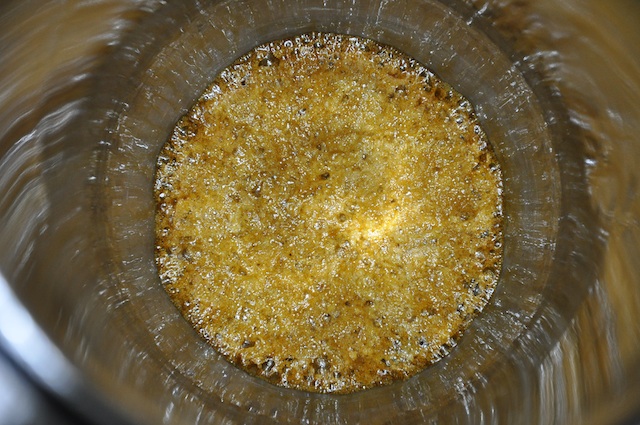
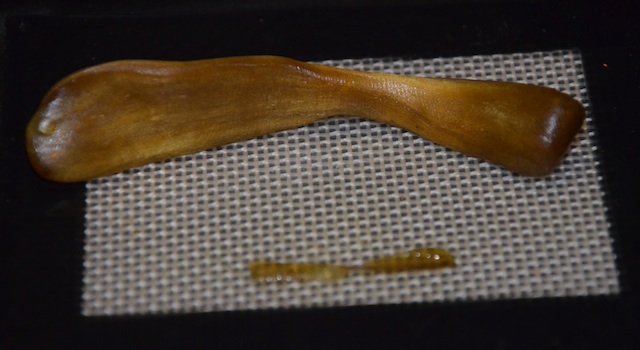
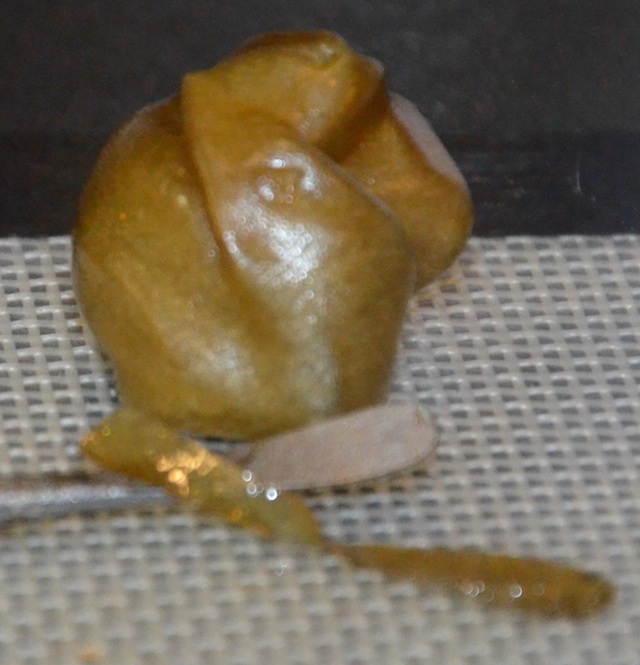





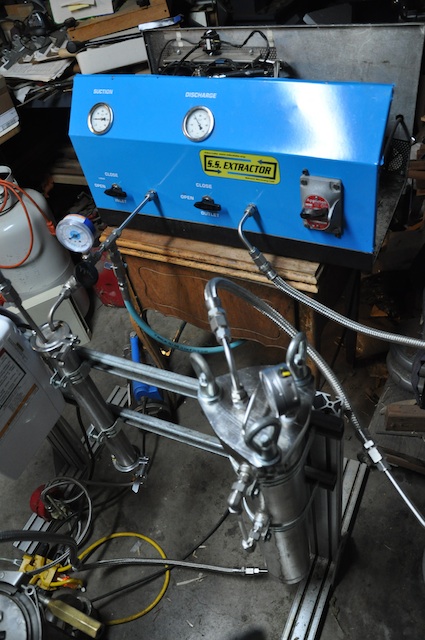
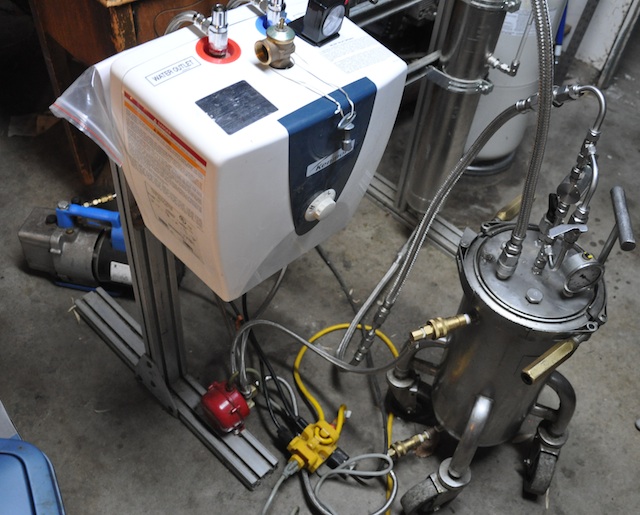
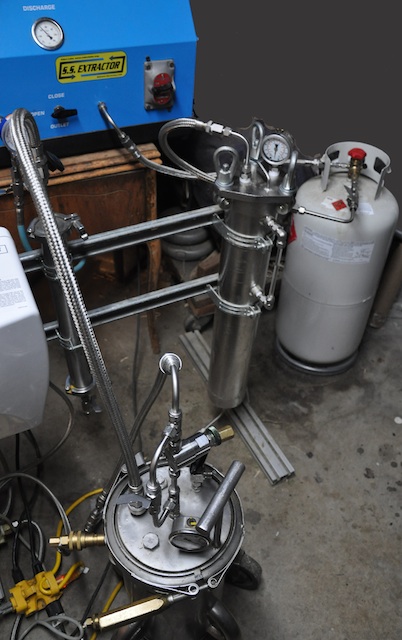
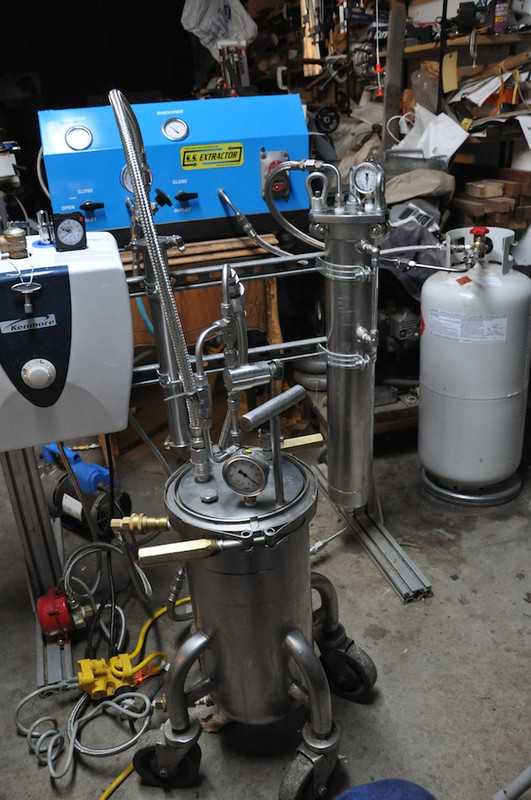
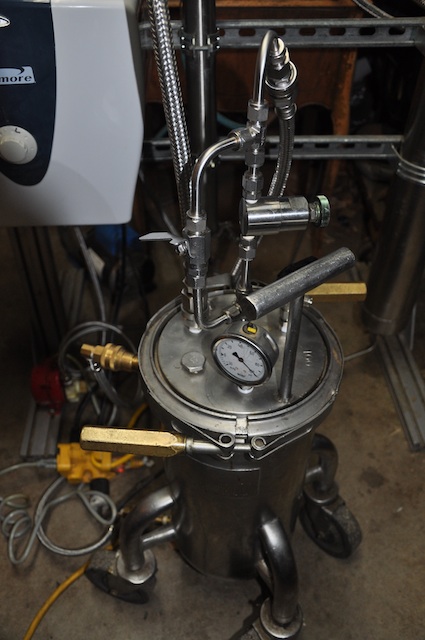


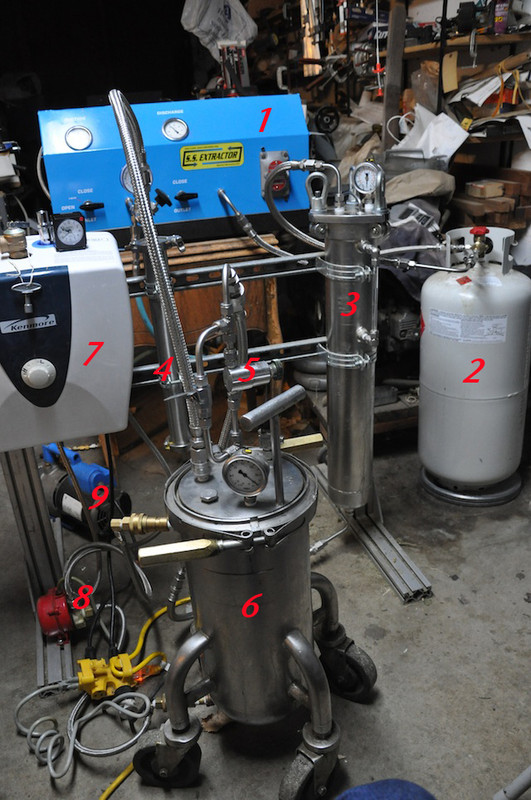
 taking it to another level, very impressive! We appreciate the info and thoroughness! How's the high or dab compared to a bho solvent extract?
taking it to another level, very impressive! We appreciate the info and thoroughness! How's the high or dab compared to a bho solvent extract? Hoping these methods can be scaled down and utilized safely for people who are in states that are behind. (like mine) Thank you for your time in educating us. In bho I try to go "low and slow" to preserve terpenes. This seems like the holy grail.
Hoping these methods can be scaled down and utilized safely for people who are in states that are behind. (like mine) Thank you for your time in educating us. In bho I try to go "low and slow" to preserve terpenes. This seems like the holy grail.
